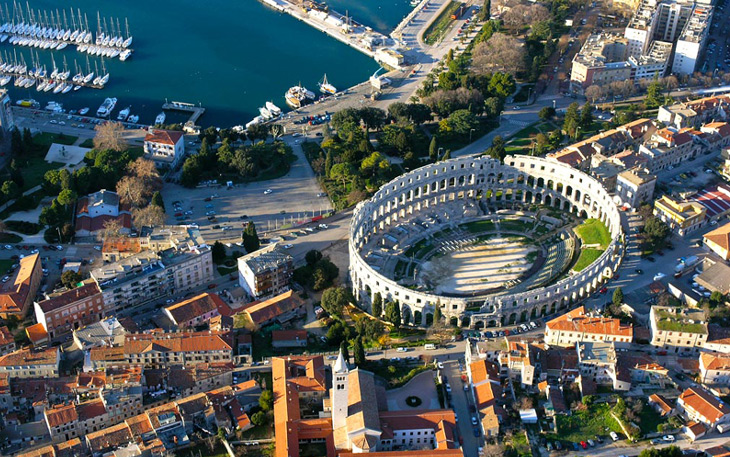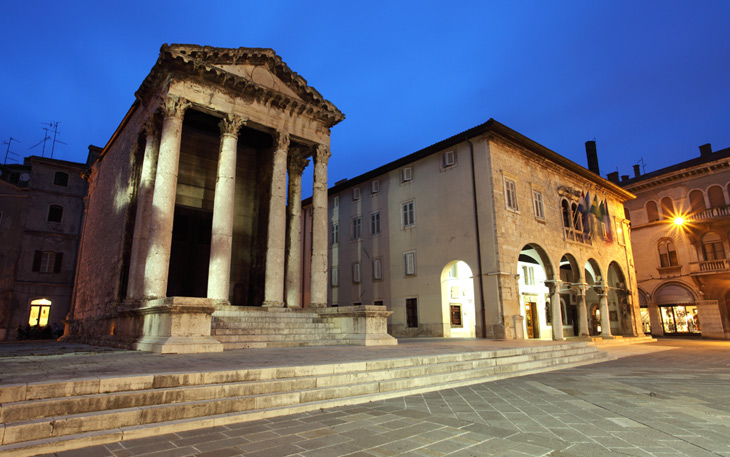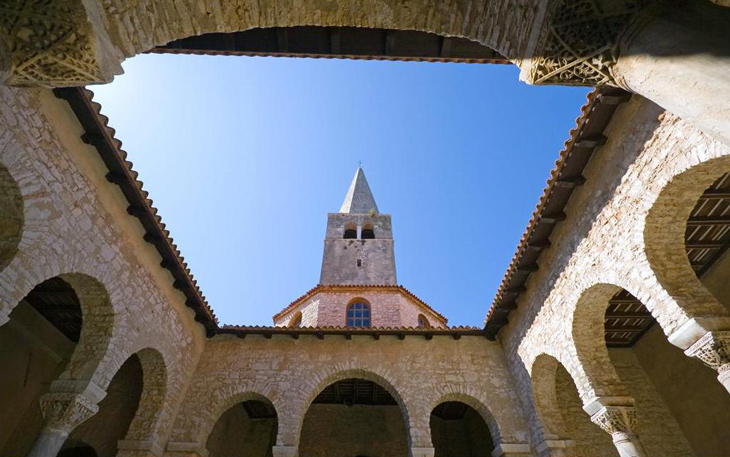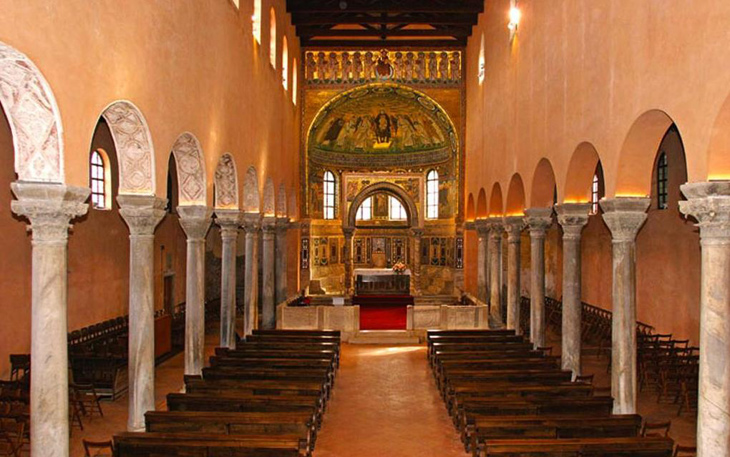Throughout the history Istria has belonged to many rulers, but has always remained Croatian and Istrian. From the 11th century BC Istria was inhabited by the Histri (west Istria, giving the name of Istria), Lapodes (north Istria) and Liburnians (east from the Raša River). After the Greeks, Istria was on the route of the expansion of the Roman Empire in 3rd century BC. The Romans colonized and established major centres (Pula, PoreÄŤ, Labin), built pursuant to high urban standards, introduced roads and etc. Development and importance of Istria was testified by construction of the amphitheatre, the Sergius Arch and the Temple of Augustus in Pula.


Istria was ruled by the Byzantine Empire for 250 years. Some of the most famous Istrian buildings date from this period, such as the Euphrasian Basilica, one of the most valuable monuments of the early Byzantine art put on the UNESCO world heritage list, and the Basilica of St Mary Formoza. Towns on the western part of Istria managed to preserve their autonomy, developed economically and become a real threat to Venice in middle 12th century, owing to commerce during the Crusades.


In 18th century Istria was ruled by Austria and by the end of the 19th century, Pula became the main naval base of the Austro-Hungarian Empire. This is the time when first hotels were built and Istria with Opatija became the cradle of Croatian tourism.
In 1920 Istria was annexed to Italy, and after World War 2, Istria was returned to Croatia. Today Istria is one of the most developed Croatian regions, it is a tourist locomotive marked by rich history and trilateral cultural heritage (Croatian, Slovenian and Italian).